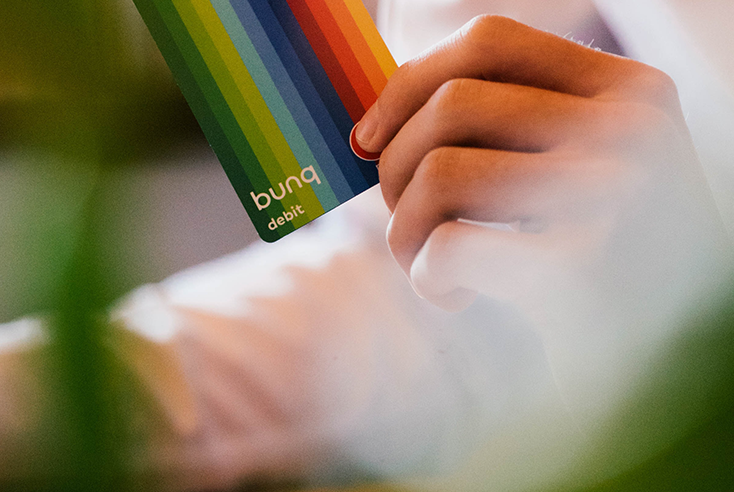NFC or RFID for onsite event badging, tracking, lead capture
When looking to create an interactive experience and deliver data on delegate movements and interests around an event, NFC and RFID technologies are the two most current methods to consider for this. Here’s a simple understanding the difference in their respective use cases.
First of all here’s the functionality delivered by both:
- Speed up registration
- Gather data on movement around event
- Instant content collection (documents etc)
- Lead capture at as sessions/booths/stands
- Personalise the experience (personal messages)
RFID (radio frequency identification)
RFID tags/cards must come into close contact (from direct contact up to 25 meters, depending on the chip’s frequency) with the reader in order for the technology to work. The reader comes in various formats including door pillars, arches and mats.
NFC (near field communication)
NFC is very much like RFID but the reader and the card/tag must come into close contact in order for them to interact or communicate with each other. The reader is either hand held or freestanding on a bespoke stand.
Using NFC and RFID at events
If a delegate is equipped with active RFID with the required range, attendees do not have to have to “tap in” for the technology to work. RFID technology, however, is substantially more expensive than NFC due to the set-up and equipment costs so is generally only effective for trade shows and exhibitions delivering thousands of delegates.
NFC Using Smartphones
There are other uses cases in which only NFC could work - with the crucial caveat of iPhones not working for this. If you were to host an event in which you wanted attendees to have the option to download various types of content to their phones, NFC technology would allow for “tap-ins” with a mobile device for this while RFID would not. Given that 70% of delegates at the business-to-business events that Market Partner are involved with are using iPhones that
Summary
Both RFID and NFC have the same functionalities in terms of event badging, tracking, lead capture and make the event more data-driven and engaging. But one type of technology might serve your event better than the other. The most important considerations are the event size in terms of delegates, the duration of the event which will in turn allow you to consider the value of the data delivered in terms of ROI.

